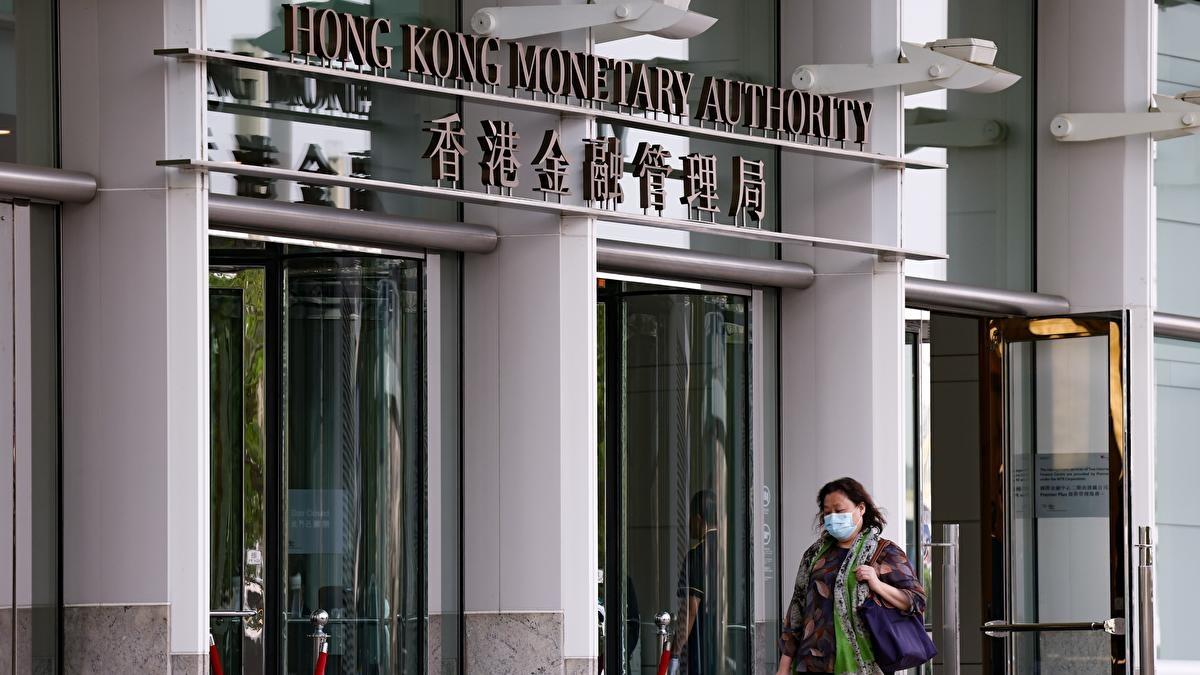
The Hong Kong Special Administrative Region’s foreign currency reserves remain “enviable” and make for a robust war chest to defend the Hong Kong dollar, according to analysts.
The Hong Kong Monetary Authority said on Thursday that the city’s foreign currency reserve assets amounted to $408.7 billion as at end-April, a decrease of 0.92 percent from $412.5 billion the previous month.
Including unsettled foreign exchange contracts, the reserve assets was $407.9 billion, a 0.97 percent decrease compared to $411.9 billion a month earlier.
“Compared with many regional peers, Hong Kong’s reserve position remains enviable, delivering stability in otherwise volatile economic circumstances,” Oriol Caudevilla, board director and secretary general at the Global Impact Fintech Forum, told China Daily.
ALSO READ: Hong Kong's foreign currency reserves down in December
He said he expected that Hong Kong’s reserves will continue to play a critical role in insulating external shocks and preserving financial autonomy.
“Under times of geopolitical or financial stress, such reserves provide essential underpinning to the Linked Exchange Rate System and to general market confidence,” Caudevilla argued.
The Linked Exchange Rate System requires the SAR to maintain vast foreign reserves to ensure the exchange rate stability of the Hong Kong dollar. The reserve holdings are the financial arsenal for defending the exchange rate should speculators attempt to attack the Hong Kong dollar, which must remain within the narrow band of HK$7.75 to HK$7.85 per US$1.
William Deng, senior Asia and China economist at UBS Investment Bank, said that the foreign exchange reserve assets have been stabilized and the net assets of the Exchange Fund have increased in recent years.
READ MORE: Hong Kong's foreign currency reserves up in July
The total foreign currency reserve assets of $408.7 billion represent over five times the currency in circulation or about 36 percent of Hong Kong dollar M3, according to a government statement on Thursday.
M3 is a measure of the money supply that includes M2 (cash, savings deposits, checking accounts, money market funds and certificates of deposit) as well as institutional money market funds, short-term repurchase agreements (repo), and larger liquid assets.
The HKMA said it has been gradually diversifying its investments to minimize risks as it has been adding non-US dollar assets, such as renminbi, the euro, the Japanese yen, and the British pound for portfolio diversification. At the end of last year, about 79 percent of the Exchange Fund consisted of US dollar assets compared to 90 percent a few years ago.


